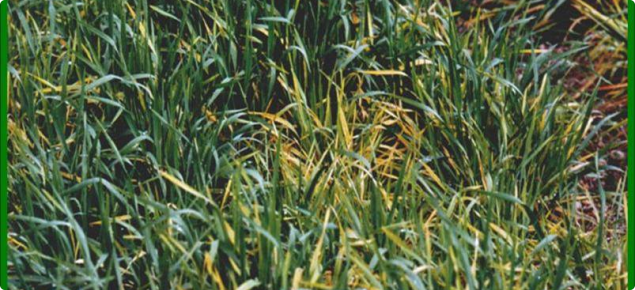Yellow dwarf viruses (barley YDV and cereal YDV) are transmitted by several aphid species. The effect of the disease on yield depends on the viral species or strain, time of infection and rate of spread. 10% yield losses may occur without visible symptoms of infection, with severe losses approaching 80% when infection is early. Breeding resistant/tolerant wheat varieties requires accurate identification and phenotyping from current cultivars. This trial will assess 300 wheat genotypes adapted to high rainfall areas for yellow dwarf virus resistance/tolerance.
| Site | Manjimup Research Station |
|---|---|
| Season | 2016-2017 |
| Treatments | 300 wheat genotypes Two treatments
Six replicates/treatment |
| Crop | Wheat: Mace |
| Fertiliser | Deep band compound fertiliser (Agstar 100kg/ha) at seeding |
| Herbicide | Non-selective knockdown herbicide |



